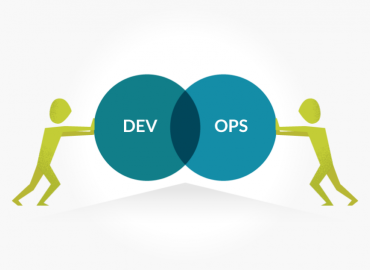Microsoft SQL Server is a popular relational database management system used by organizations of all sizes to store, manage, and retrieve data. The software has undergone several updates and improvements over the years, resulting in different versions that offer unique features and capabilities. In this article, we’ll explore the different Microsoft SQL Server versions and their key features.
SQL Server 2000-2008
The early versions of Microsoft SQL Server were released in the early 2000s, and they laid the foundation for the system’s development. SQL Server 2000 introduced new features like XML support and indexed views, which made it easier to manage large amounts of data. SQL Server 2005 brought improvements like the ability to manage structured and unstructured data, while SQL Server 2008 introduced new features like the Resource Governor, which helped manage system resources more efficiently.
SQL Server 2012-2016
The later versions of Microsoft SQL Server saw significant improvements in terms of performance and scalability. SQL Server 2012 introduced AlwaysOn Availability Groups, which allowed for high availability and disaster recovery solutions. SQL Server 2014 brought in-memory OLTP technology, which allowed for faster processing of transactional data. SQL Server 2016 introduced the ability to use R programming language within the database engine, allowing for more advanced analytics and data processing.

SQL Server 2017 and beyond
SQL Server 2017 marked a major milestone for the software, as it was made available for both Windows and Linux operating systems. This version introduced support for graph data processing and automatic tuning, which uses machine learning to optimize the database performance. SQL Server 2019 brought big data clusters, which allowed for the integration of SQL Server with big data technologies like Hadoop and Spark. The latest version, SQL Server 2022, offers improved performance and scalability, with features like query acceleration and intelligent query processing.
Conclusion
Microsoft SQL Server has come a long way since its inception, and each version has brought unique features and capabilities. Understanding the different versions and their key features can help organizations make informed decisions about which version to use for their specific needs. Whether you’re looking for high availability, in-memory processing, or big data integration, there’s a Microsoft SQL Server version that can meet your requirements.





